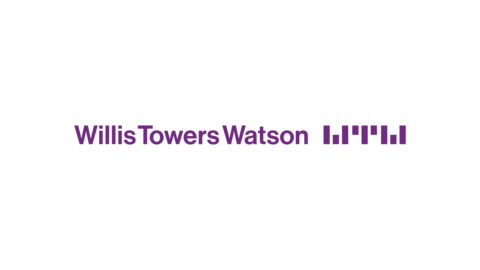Enjoyable work certainly depends on how well we are compensated - but the thing that makes us stay above all else? Culture.
Culture as a measure of organisational success has grown over the last few years. Job hunters increasingly seek employers that care about their personal and professional growth.
The ecosystem you create for your team - your values, goals, attitudes and behaviours - are becoming the things that make or break your organisation.
It was management consultant and author Peter Drucker who first introduced the idea that culture eats strategy for breakfast. He wasn’t dismissive of having a clear plan in place, rather he insisted that the secret to true success is a happy and engaged workforce to execute it.
Cultural alignment
The pandemic expedited organisational change. HR directors have supported and equipped people to lead this shift towards creating great places to work. But these same managers and leaders are fatigued and under pressure, and the scope of their roles has changed, too.
They must influence all facets of organisational culture, cater to the diverse needs of multi-generational teams, ensure DEI is more than just lip service, and implement hybrid working.
Any strategic business objective, be it to reach new clients and markets, or to hire for a specialist project, requires your culture, purpose, values, and goals to be fully aligned with your people.
Read more: HR predictions for 2024
Cultural alignment is a phenomenon that is usually only spoken about or taken into consideration when two cultures are about to collide, usually in the context of a merger or acquisition.
And even then, it’s usually an afterthought, with hurried plans to get the brand name sorted amid redundancies and new hires, whereby leadership seeks to reconnect its value and employee propositions.
But cultural alignment is something you cannot do without. It is the principle that employees can define and deliver the company culture instinctively and ideally, buy into it.
A report from Gartner in 2018 found that when everyone is aligned, there is a 9% improvement in revenue goals, and a 22% increase in employee performance.
Whenever I’ve thrived at work, it has always been when I felt as though I belonged. And whenever I’ve helped organisations to thrive, it is no coincidence that I have ensured that every team understands its role.
That sense of belonging and community matters enormously at work, even more so when we collaborate remotely and virtually.
Culture is the lifeblood that feeds all aspects of the business. You could think of it as the brain of the organisation, nourishing every team, every individual, and your external clients, too.
Learning from experiences and mistakes to be better. Far from being an add-on to your strategy, it actively informs it. It is deliberate and should be celebrated.
The fact is - many companies do reasonably well without cultural alignment. But at what cost?
It’s a little bit like running the Grand National without a horse. You’ll come out of it, you’ll survive, but what are the chances you’ll want to do it again? And bring others with you?
If your people are not aligned with the company vision, you will be burdened with high turnover, absenteeism, demotivated and unproductive employees, and bullying.
Your staff will be burnt out and unable to see the wood for the trees, never mind understanding their ‘why’ for showing up every day.
Read more: Legal ease: Prevent toxic cultures by acting early
Culture in unpredictable environments
If the last three years have taught us nothing else, it is that we can’t do what we have always done. What got us here will not help us to get to our future.
HR directors will know this better than anyone; their stock has risen exponentially as leaders look to them to ‘solve’ company culture.
Unpredictable environments mean that strategies naturally have to flex and change, marketing budgets get cut, headcounts have to decrease.
Your culture must be more aligned now than ever. Your employees must be able to envisage a sign of land, a reason to keep going through the hard times.
How to culturally align your organisation
To be culturally aligned, you need the right people doing the right thing at the right time - and this is reconnecting value and employee propositions, but with intent and purpose.
Be realistic about what your goals are and how you want to achieve them.
Research your culture and strategic alignment, and measure to discover where you are strong and where you need to focus.
Be intentional about what your priorities need to be and then relentlessly focus with a solid change growth strategy, measure it regularly to track and adjust.
Make sure you are clear about what your values are and what they’re not! Make sure that you hire people who embody these values and beliefs so that they can be authentic allies for your business. Shout about your values so you can attract the best team, as well as what your purpose is, and who you are serving.
Keep measuring your culture. Feed and nurture it. Be flexible and adapt and listen actively to what your team tells you, and invest in good training and management.
Juliette Bohanna is an executive coach and trainer










